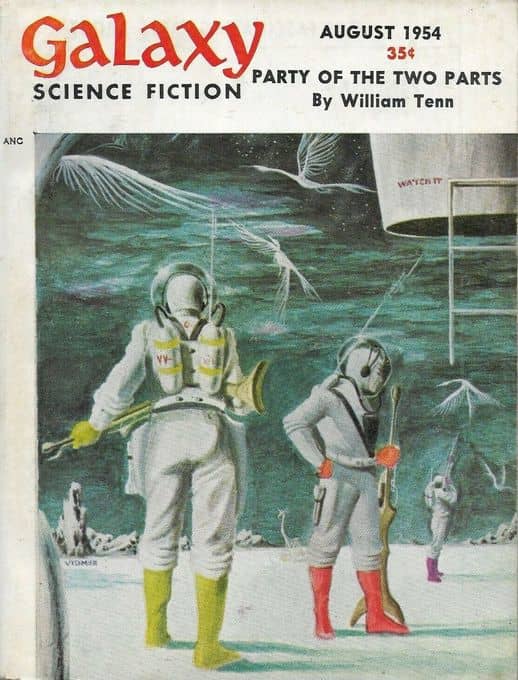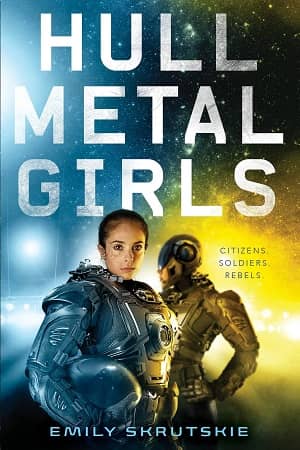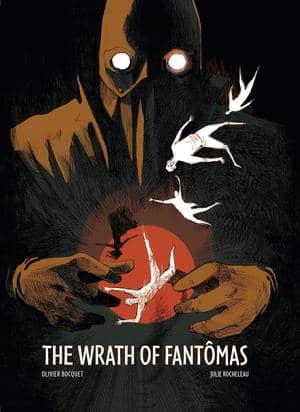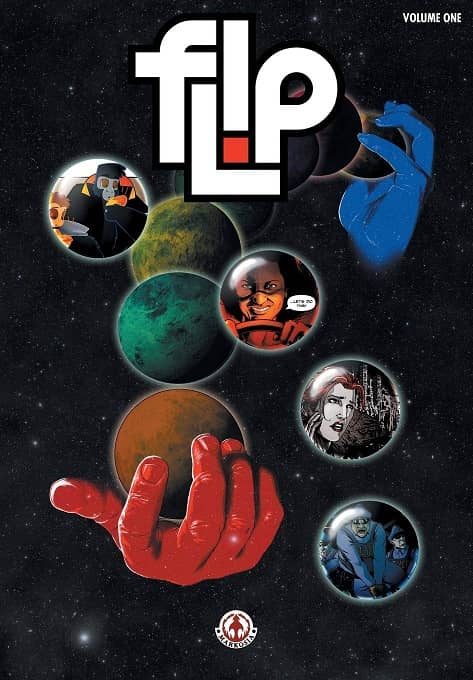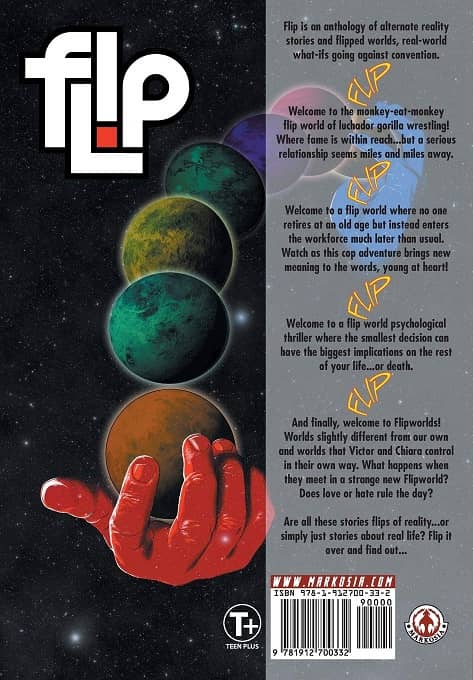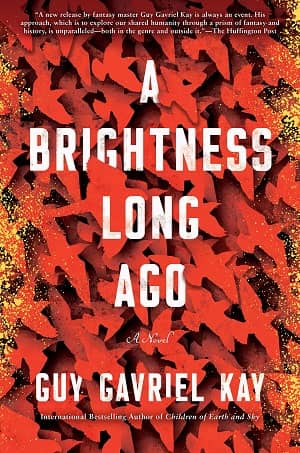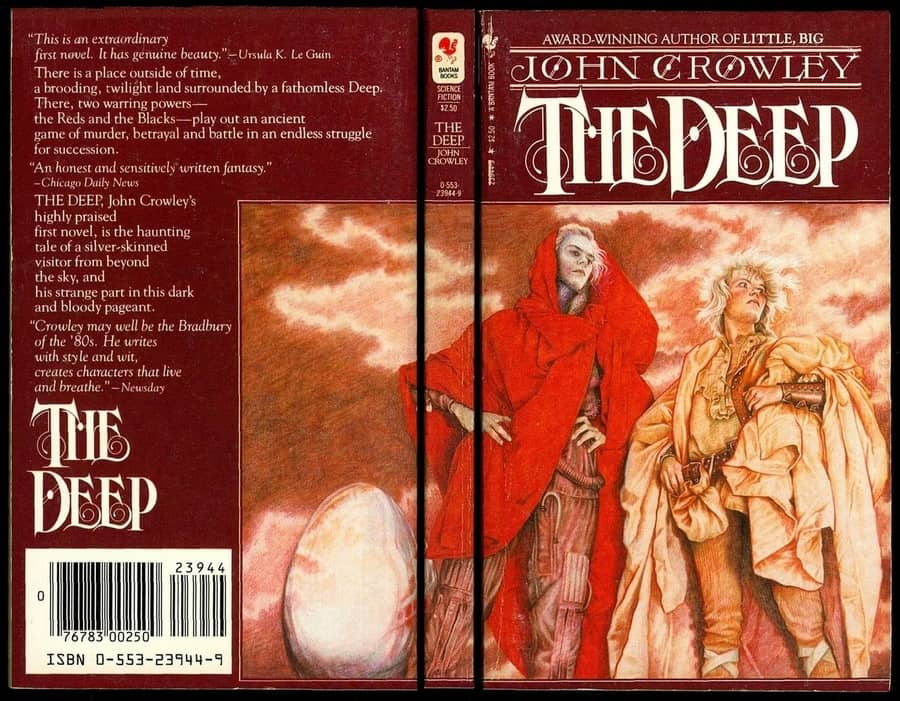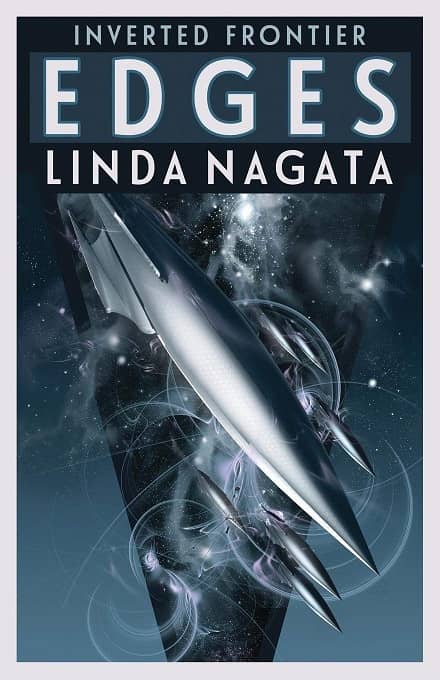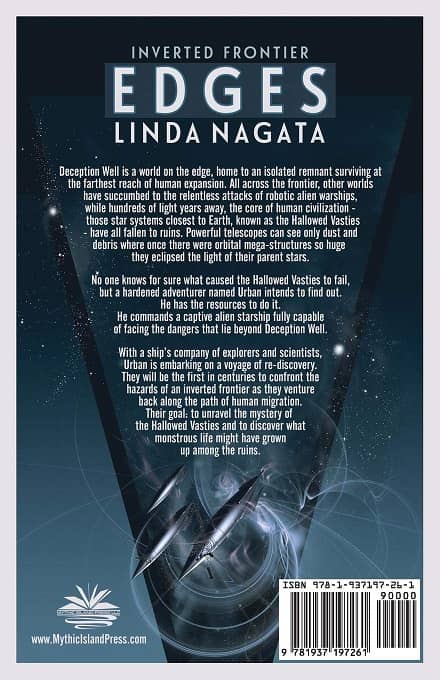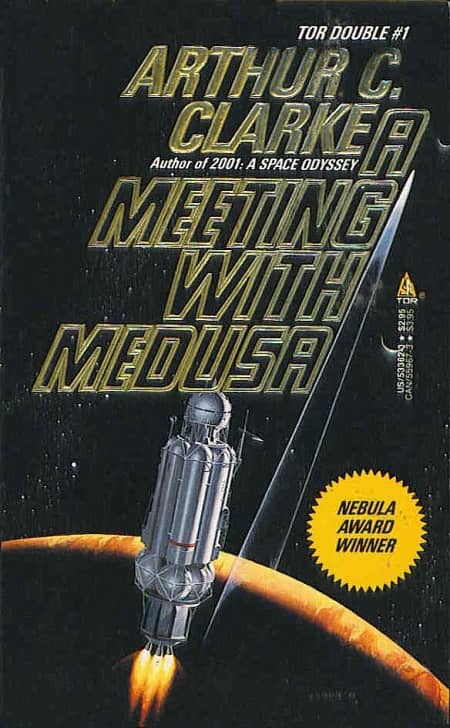In 500 Words or Less: The Gossamer Mage by Julie E. Czerneda
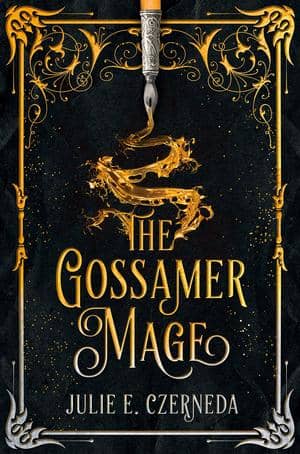 The Gossamer Mage
The Gossamer Mage
By Julie E. Czerneda
DAW Books (416 pages, $27.00 hardcover/$12.99 eBook, August 6, 2019)
In the words of the great Mr. Spock, Julie Czerneda’s forthcoming novel The Gossamer Mage is fascinating.
To be fair, everything I’ve ever read from Julie is fascinating in some way. But Gossamer is a different brand of cool than either The Clan Chronicles or Web Shifters. Not only is it a jump from science fiction to fantasy, but it brings along the intricate detail and clever wordplay that you can find in any of Julie’s other works.
What mainly fascinated me here was the magic. I’m not the sort of reader or writer who needs a magic system to have strictly defined rules that can’t be broken and need to see explained in detail (although I enjoy that when it’s done well, like in The Dresden Files). What I definitely need, though, is magic that has consequences, so you don’t need to come up with complicated reasons to prevent mages from laying waste to every opponent. Julie’s presented a really cool brand of consequence: magic that siphons years off a mage’s life, aging them as they perform their works, in this case through ink and parchment.
She goes one better to make that aging somewhat up to the whim of the Deathless Goddess, to which (almost) every scribemaster gives their allegiance. And then on top of that, she’s layered a complex world built around the idea of mages who literally spend their life to achieve success. Scribemaster Saeleonarial, for example, worries that every new magical script will make him a decrepit old man, and looks down on young people who burn through that youth too quickly going after glory. There’s a vested interest in producing new mages through promoting powerful bloodlines, but the power to control that rests with the hold daughters, who represent the Deathless Goddess who allows magic to exist. And so on.
